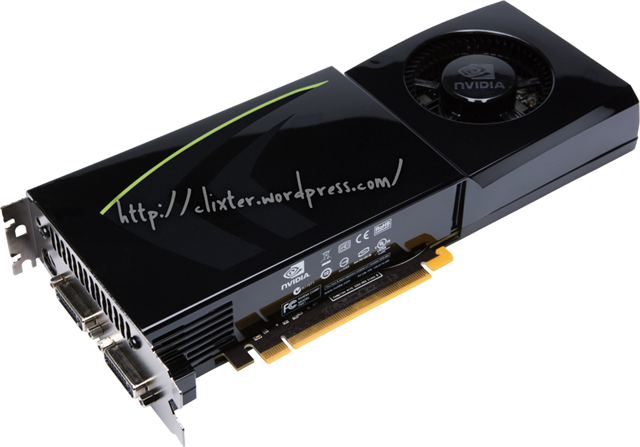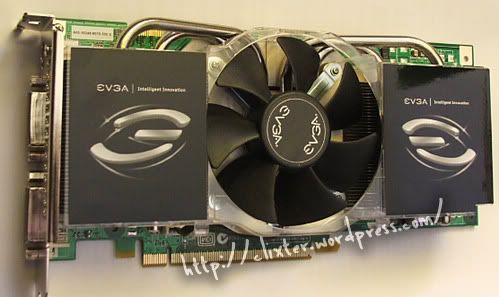NVIDIA GeForce GTX 280 : A Review
NVIDIA's new graphics chip, the GeForce GTX 280, is the latest in what's felt like a steady stream of new high-end GPUs this year, most from NVIDIA. And true to NVIDIA's recent marketing push, the GTX 280 not only includes powerful 3D graphics capabilities, but it's also one of the first consumer graphics cards that can take over certain application processing tasks. Like most high-end 3D cards, the GTX 280 is expensive at $650, which is about $50 more than we're used to for the fastest single-chip 3D card on the market. For that price, you get a measurable if not revolutionary performance edge. And while we're intrigued by the idea of GPU-based application processing, that capability still needs the software to catch up before it's truly useful.
At the very least, wait until ATI's next-generation cards come to light next week before making a purchase. If you're interested in the GTX 280 for application processing, we'd also suggest holding off until the software emerges. Just keep in mind that by the time we do see such applications, NVIDIA's next expensive 3D card will be that much closer.
There's actually quite a bit to talk about with the GTX 280. In addition to the 3D and application processing, NVIDIA has built-in support for its newly acquired PhysX physics processing software framework. It's also a part of NVIDIA's HybridPower ecosystem, which has implications for system power consumption.
The biggest competitor to the GTX 280, at least for now, is NVIDIA's GeForce 9800GX2. That card, released only a few months ago, uses two 9800 chips on a single graphics card, and sells for about $600.
The GeForce GTX 280 is designed to replace it. Because the GTX 280 is a single chip card, one of its advantages is that you don't need to worry about how well a game can take advantage of a two-chip card, like the 9800GX2, or a traditional multicard set up.
What's most important is that the GTX 280 comes in faster than the 9800GX2 on actual game tests. The 3DMark 2006 and 3DMark Vantage scores are interesting, but as synthetic benchmarks, they don't exactly represent real world gameplay. We're most impressed by the Crysis results. The GTX 280 still can't hit the hallowed ground of 60 frames per second we like to see in our shooters, but it makes a significant leap over the 9800GX2. You will still experience some chop if you dial Crysis all the way up, but at 1280X1024-pixel resolution at high quality, you should get fairly smooth gameplay.
Tweet






2 Comments:
[...] The rest is here: NVIDIA GeForce GTX 280 : A Review [...]
[...] This post was mentioned on Twitter by M. H. Rajpoot and M. H. Rajpoot, M. H. Rajpoot. M. H. Rajpoot said: A detailed Review on #NVIDIA #GeForce GTX 280!! Very Informative. http://bit.ly/OMJJX [...]
Post a Comment